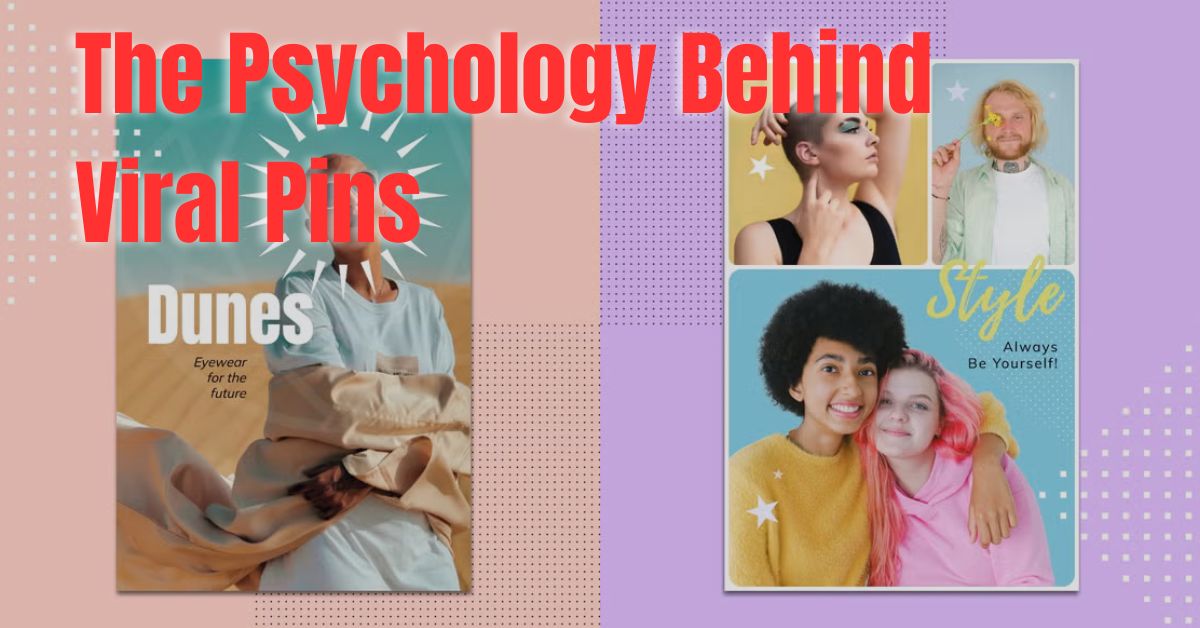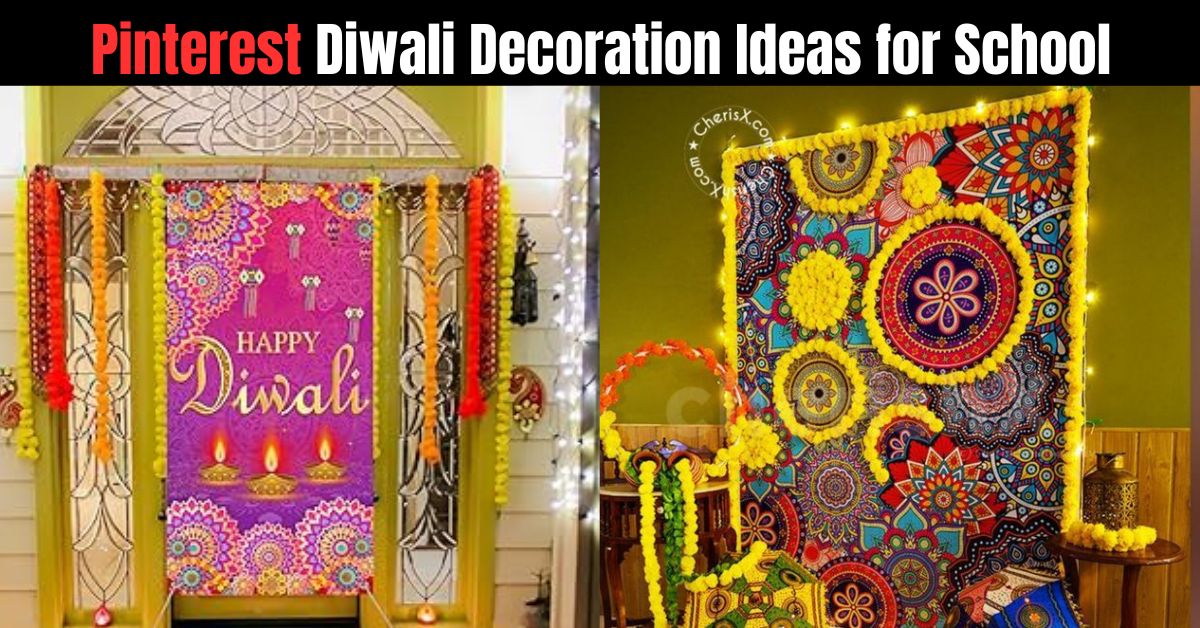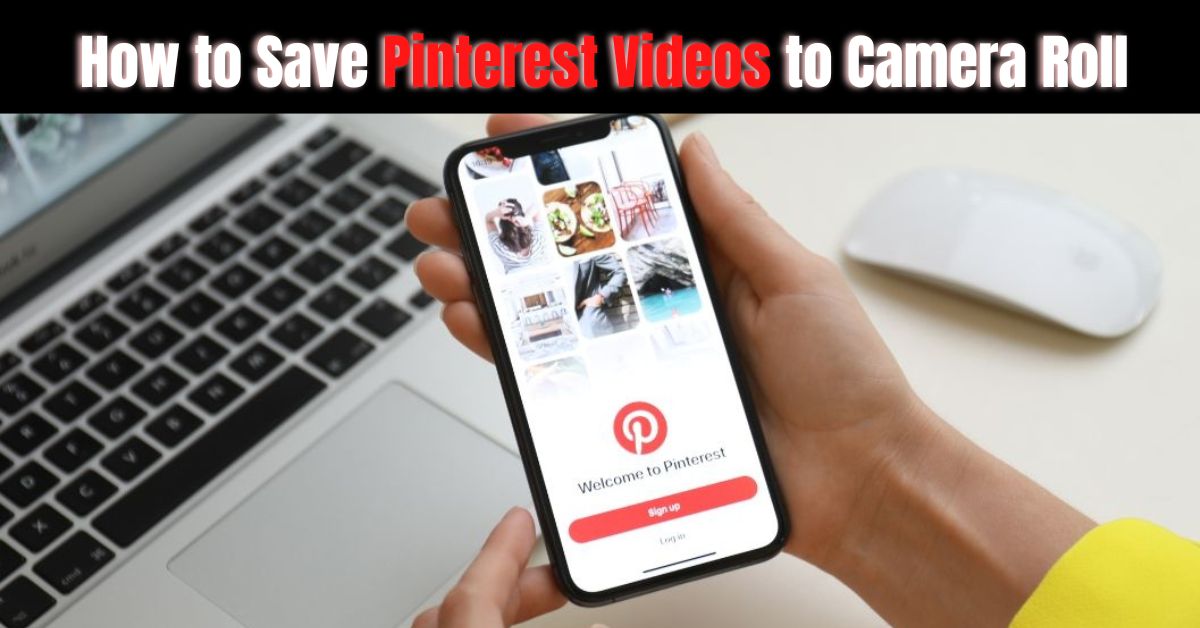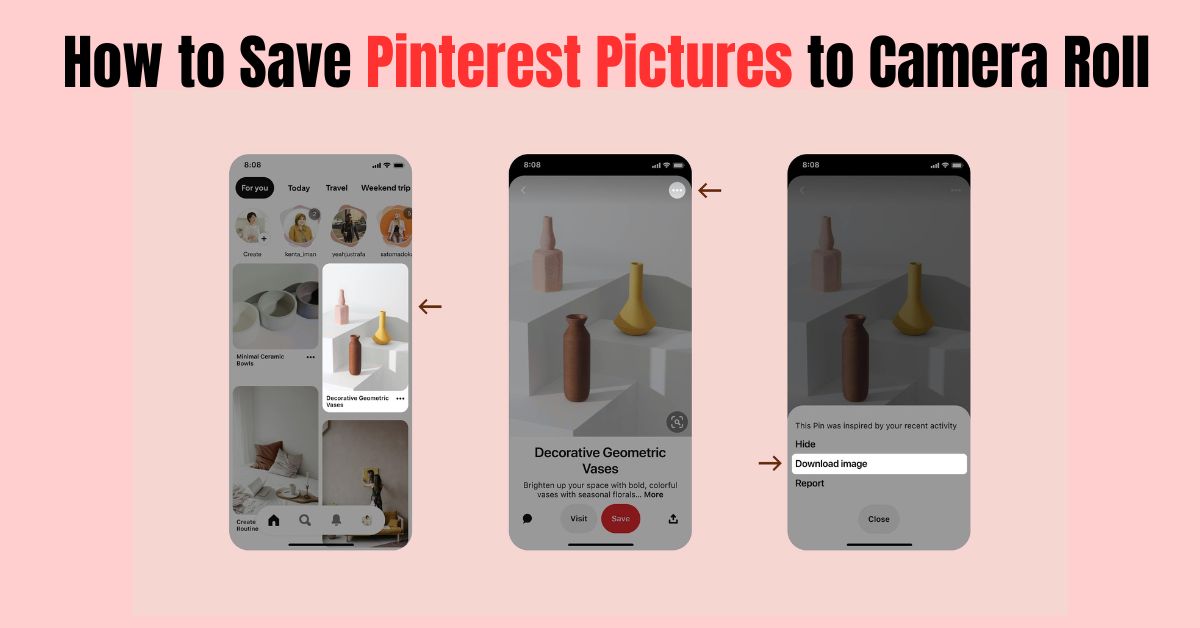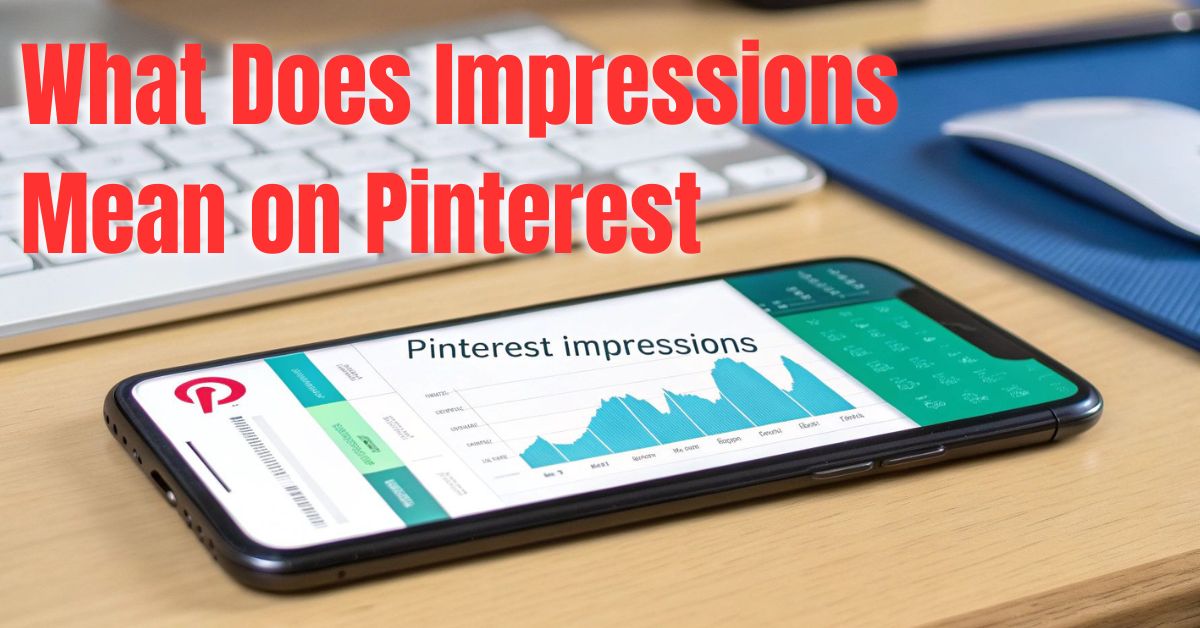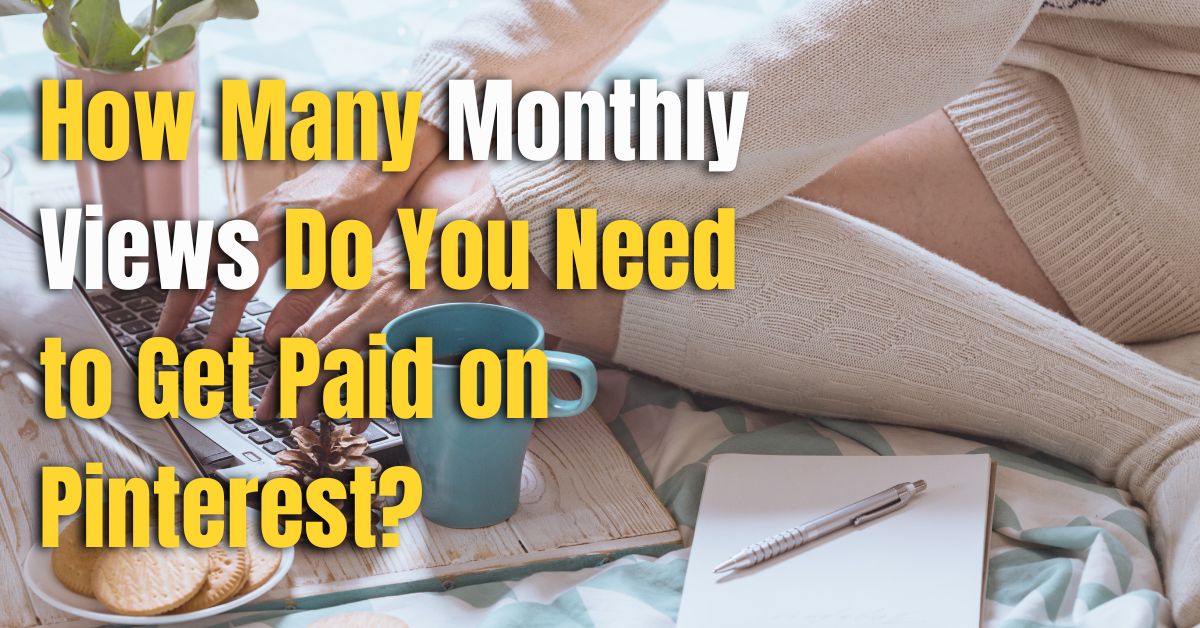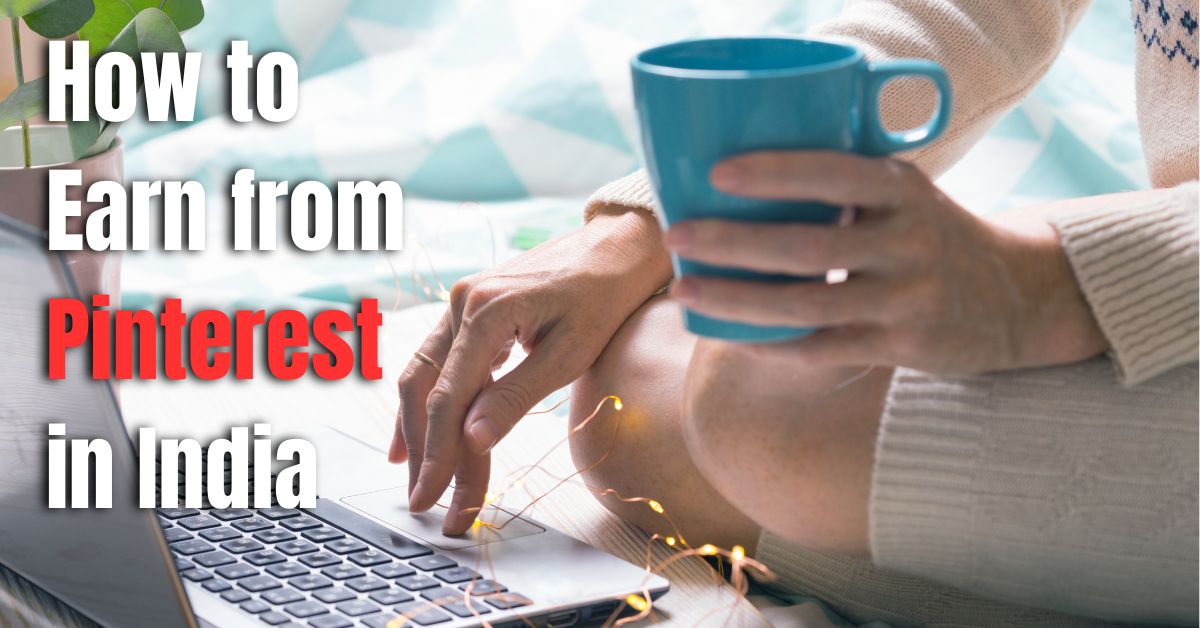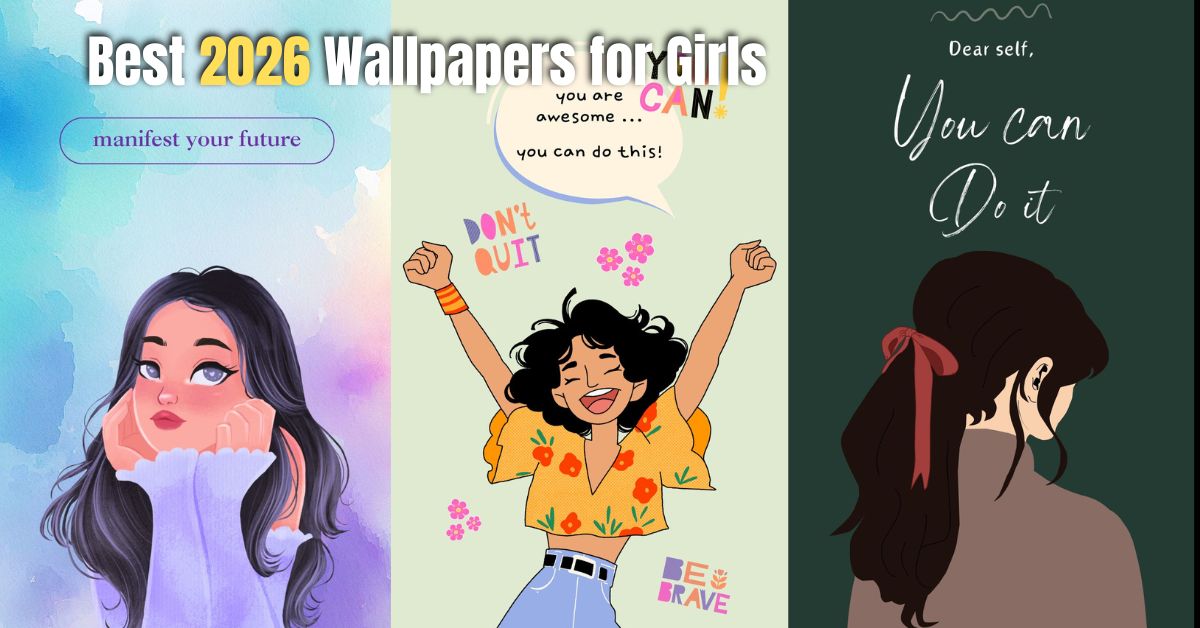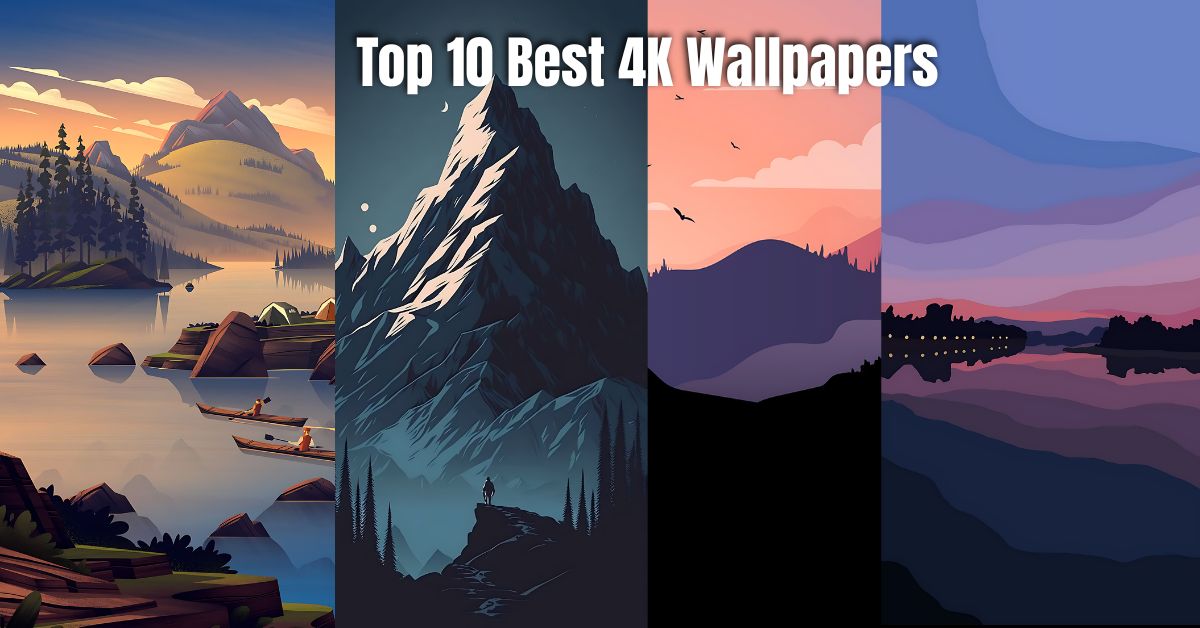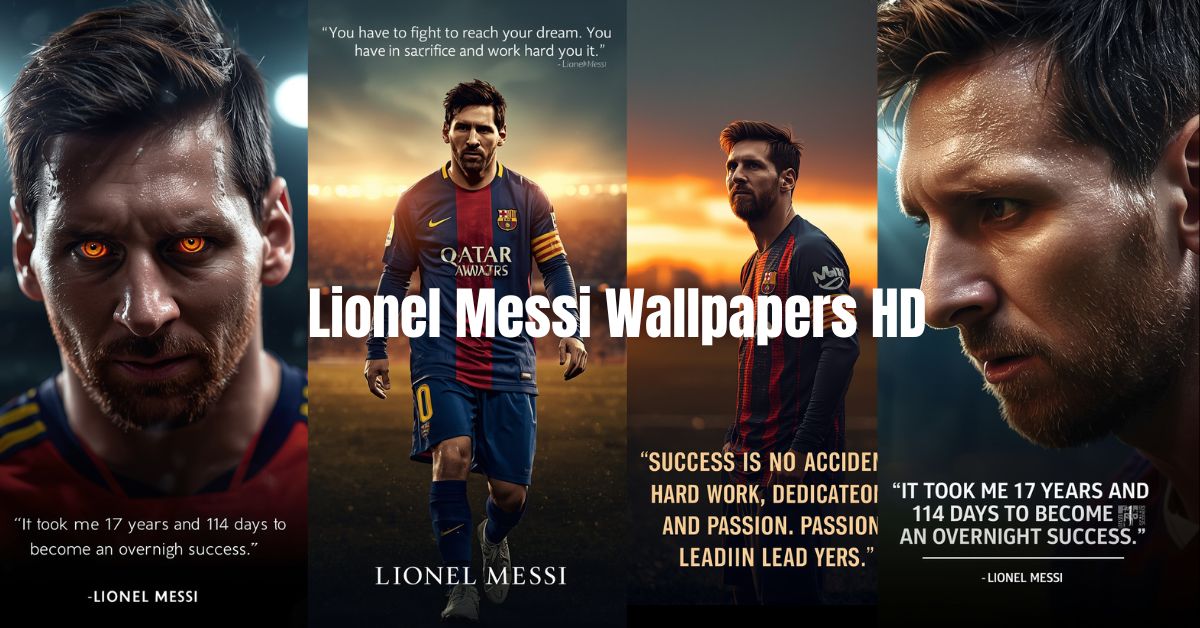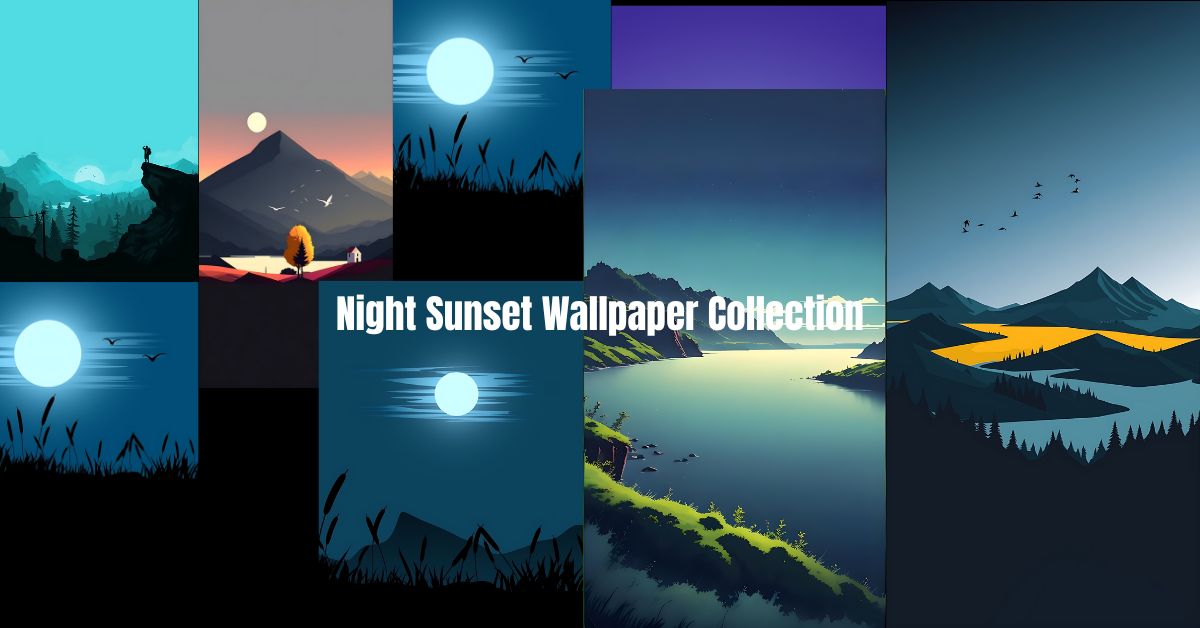If you’ve been creating Pinterest pins and wondering why some of them suddenly go viral while others barely get noticed, you’re not alone. The truth is, virality on Pinterest isn’t just luck. It’s rooted in psychology. Every pin that gets clicks, saves, and shares follows certain patterns of human behavior, color psychology, and Pinterest click behavior. From emotional triggers to visual design, each element plays a role in how people react to your content.
Understanding this viral pins psychology can completely change how you create and plan your content. When you know what actually makes users stop scrolling the right colors, clear messages, emotional tone, and timely relevance your pins can attract more clicks and engagement naturally.
In this article, we’ll explore how Pinterest pin design, trending topics, and engagement tips come together to make a pin go viral not by chance, but by understanding how people think and feel online.
The Psychology Behind Viral Pins
1. Curiosity: The Brain Loves a Mystery (Viral Pins Psychology)
Our minds are wired to seek answers. When we see something that raises a small question, we naturally want to find out more. That’s why “before and after” transformations or open-ended titles catch attention so easily.
For example:
- “5 Small Habits That Changed My Entire Routine”
- “What This Kitchen Looked Like Before Will Surprise You”
These kinds of titles spark curiosity without giving away everything. The viewer’s brain feels incomplete until they click to know the full story.
Quick tips:
- Keep your pin titles short and open-ended.
- Don’t overpromise your content should actually deliver the value it hints at.
- Use a clean, readable font so your text is clear at first glance.
2. Visual Appeal: The Power of Color and Layout (Pinterest Pin Design)
Pinterest is a visual-first platform, and your pin’s design makes the first impression long before the text does. Colors, layout, and typography all influence how users feel about your pin.
Studies show that colors affect emotions:
- Warm tones (red, orange) create excitement and draw attention.
- Cool tones (blue, green) build trust and calmness.
- Soft tones (beige, pink) give a creative and welcoming feel.
Pins with balanced colors bold enough to stand out, yet soft enough to read easily tend to perform better.
Design tips:
- Use vertical images (2:3 ratio) for better visibility.
- Add short text overlays with large, clear fonts.
- Keep backgrounds simple so the message stands out.
3. Emotion: People Click What They Feel (Pinterest Engagement Tips)
The most shared content on Pinterest connects emotionally. People click not just because they’re curious, but because they feel something inspiration, nostalgia, hope, or even comfort.
For example:
- Inspiration: “Morning habits that help you stay focused.”
- Nostalgia: “Old-school recipes our grandmothers loved.”
- Hope: “Simple steps that helped me start saving money.”
When someone emotionally relates to your pin, they’re more likely to save or share it with others.
Engagement tips:
- Choose images that reflect real life natural light, genuine emotions, relatable moments.
- Write captions that sound like you’re talking to a friend.
- Avoid over-editing authenticity builds trust.
4. Simplicity and Clarity: The Brain Avoids Confusion (Pinterest Click Behavior)
The human brain prefers quick understanding. If your pin is too busy or unclear, people scroll past it.
A simple, direct message tells the user instantly what they’ll get if they click.
Compare these two examples:
- ✅ “10 Easy Dinner Ideas for Busy Weeknights”
- ❌ “Modern Inspiration for Home Cooking”
The first is clear, specific, and solution-focused. The second feels vague, so it doesn’t grab attention.
Clarity checklist:
- Limit your text to 5–7 words per line.
- Use one main image per pin.
- Keep your message focused one pin, one promise.
5. Social Proof and Trends: People Follow What Others Like (Pinterest Trends 2025)
Humans naturally follow the crowd. When users see that a pin already has many saves or likes, it instantly looks more trustworthy. That’s called social proof.
You can build social proof and stay relevant by:
- Pinning regularly to show activity.
- Using trending keywords like “aesthetic decor,” “2025 routines,” or “home workspace ideas.”
- Creating pin series — for example, “Part 1 / Part 2” to keep users coming back.
Once a few of your pins gain traction, Pinterest’s algorithm starts showing your content to more people creating a positive loop of engagement.
Practical steps:
- Track performance through Pinterest Pin Analytics Helper.
- Keep an eye on the latest Pinterest trending pins.
- Adjust your visuals and topics based on what’s currently popular.
6. Timing and Relevance: Post Before the Moment Arrives (Pinterest Posting Tips)
Timing matters more than most people realize. Pinterest users plan ahead months before an event or season begins.
For example:
- Post holiday content in October, not December.
- Share summer outfit ideas in April.
- Upload New Year goals and planners in late November.
Being early helps your pins appear in search results when people start planning.
Smart timing tips:
- Schedule your pins 30–45 days before the event or trend.
- Re-share older pins if they become relevant again.
- Use Pinterest’s native scheduler for consistent posting.
7. Consistency Builds Trust and Familiarity (Pinterest Growth Psychology)
Trust is the hidden key to long-term virality. When users repeatedly see your pins in a similar style same color tones, fonts, and tone. They start recognizing you. This familiarity makes them more likely to click again in the future.
Even if your first few pins don’t perform well, stay consistent. The combination of visual familiarity and steady posting slowly builds a loyal audience.
Growth tips:
- Stick to a recognizable visual theme.
- Keep your tone and content type consistent.
- Revisit your analytics every month to see what’s resonating.
Conclusion
The psychology behind viral pins is simple. It’s about people, not just platforms.
Curiosity draws them in. Emotion makes them remember. Clarity makes them trust.
When you understand what makes people click, you stop chasing trends and start building genuine engagement. So next time you create a pin, think less about algorithms and more about how it makes someone feel. That’s where virality truly begins.
Read More: Best Paid vs Free Pinterest Scheduling Tools Compared in 2025
